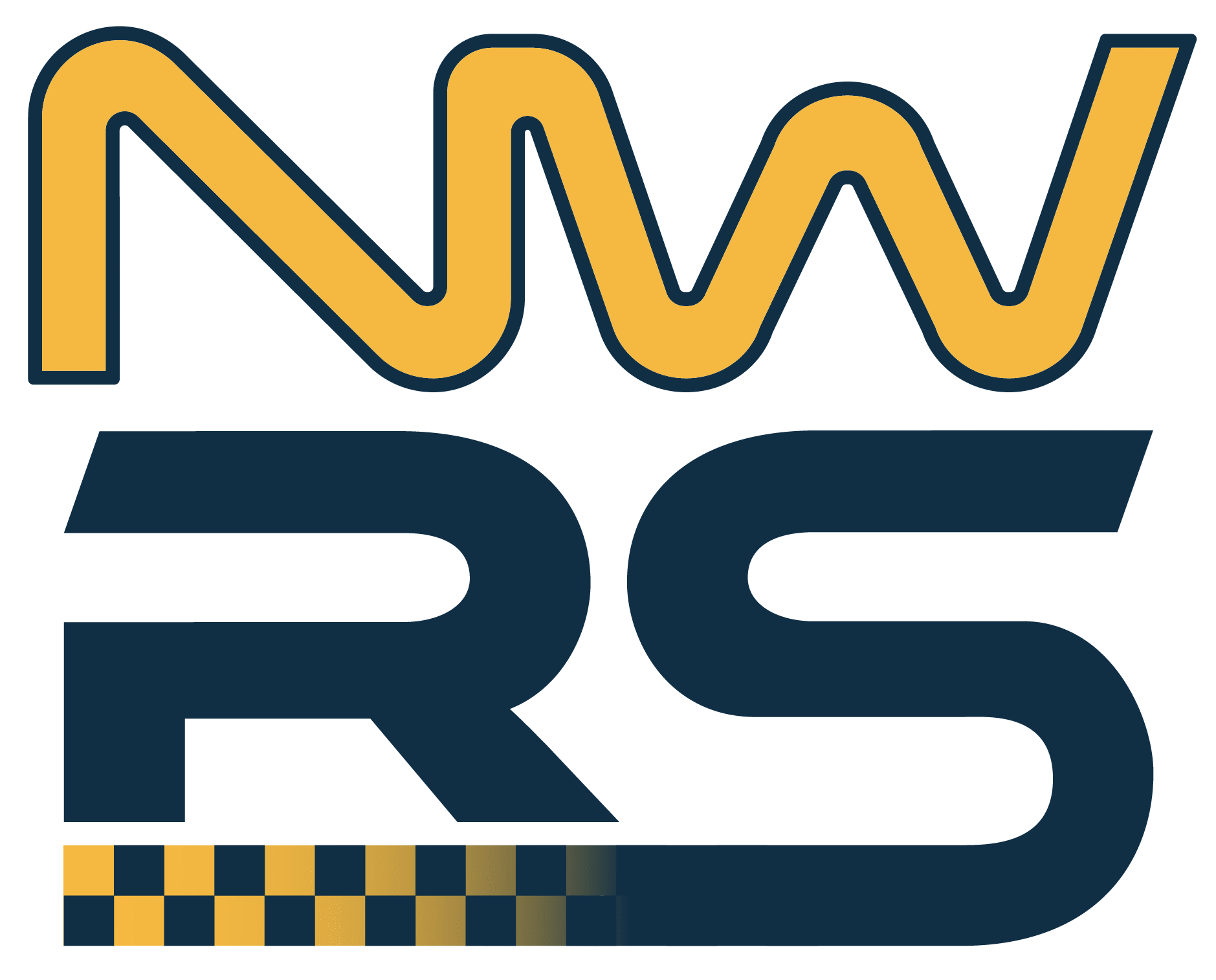What is Sim Racing
Racing simulators have been around for quite some time. While their ability to simulate the driving experience has dramatically improved since they first appeared, the main components are basically the same. There are controllers that look and feel like controls in a car; pedals, a steering wheel, a shifter and maybe some more buttons that would control certain aspects such as traction control, etc. All these controls are arranged in a chassis, with a driver’s seat, speakers and monitor(s) completing the experience of a car. What makes all this work is a powerful computer that runs some simulation software. While this software is sometimes referred to as a game, it is indeed a very sophisticated simulation software, providing an ever-improving experience to the users. There are different games for different types of racing, from single seater formula cars to rally cars, there is a simulation that specializes in each style of racing.
Today racing simulators are an invaluable tool for professional drivers and teams, allowing them to work on circuits, different car setups, driving styles, etc. While the simulators used by professional teams (like F1) are immensely sophisticated machines that are custom built for their cars, the generic simulators used by the rest of us are becoming more common and have varying degrees of sophistication, depending on the user’s goals and budget.
Simulators are becoming more widely used because they are extremely useful for driver and car development. The software’s ability to simulate all aspects of the driving experience has now reached a level of realism that allows professional teams to make design and setup decisions before any real-life testing.
The reasons that people use simulators varies, but everyone has something they can take away from practicing with a simulator. Simulators provide a consistent and always available environment for you to race in. Because you can set weather conditions, the only variance in your lap times will be your own driving. This allows you to test different driving styles or lines in a controlled environment with immediate results.
Although the realism of simulators is more accurate than ever before, the driving experience in a simulator is still different than driving a real car. Simulator drivers have to learn to rely on fewer inputs as they are not in a real car. The lack of momentum acting makes it difficult to ‘feel’ what the car is doing. Although it’s more difficult to sense the car, using the monitors and force feedback through the steering wheel you can eventually get a feel for the car. Importantly, even though the inputs that the driver receives from the simulator are different than a real car, the driver provides the simulated car with identical inputs as a real car. Once you get comfortable in a simulator, real cars will feel much easier to push than they did before.
